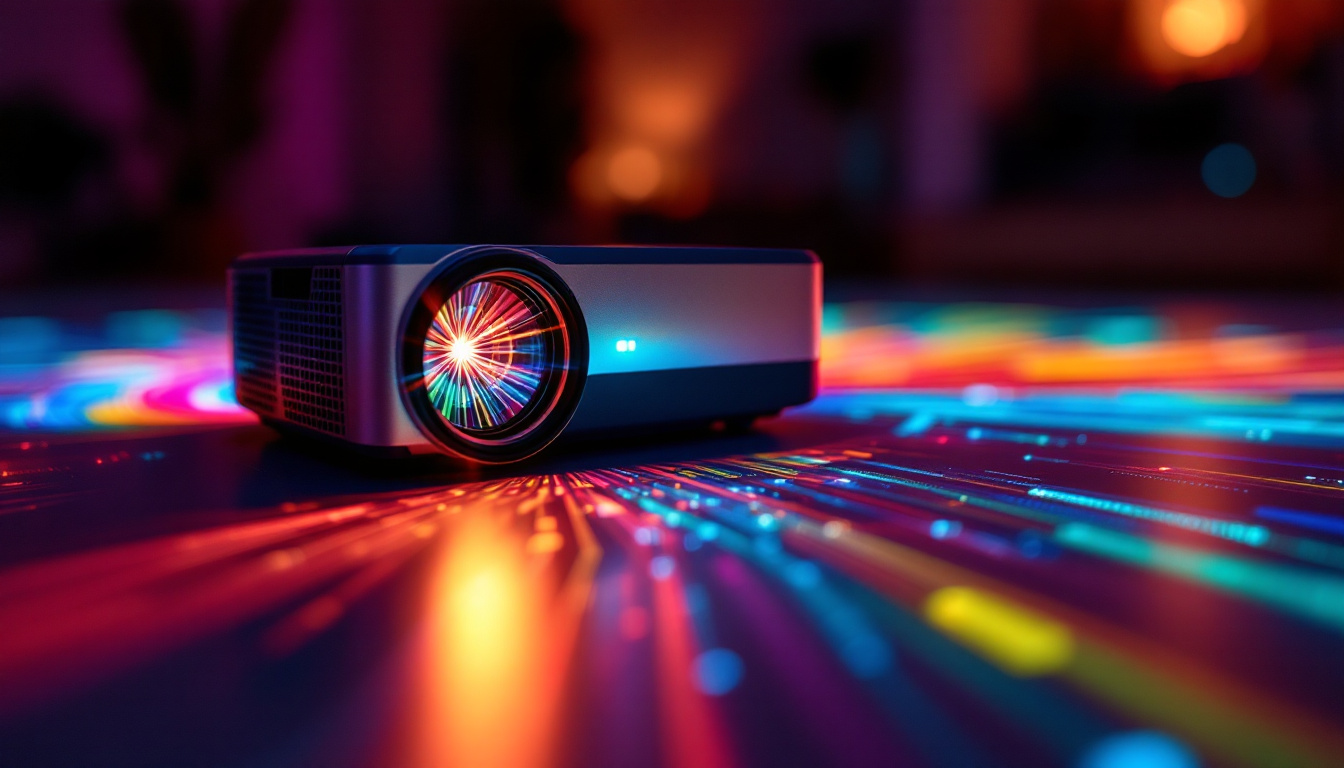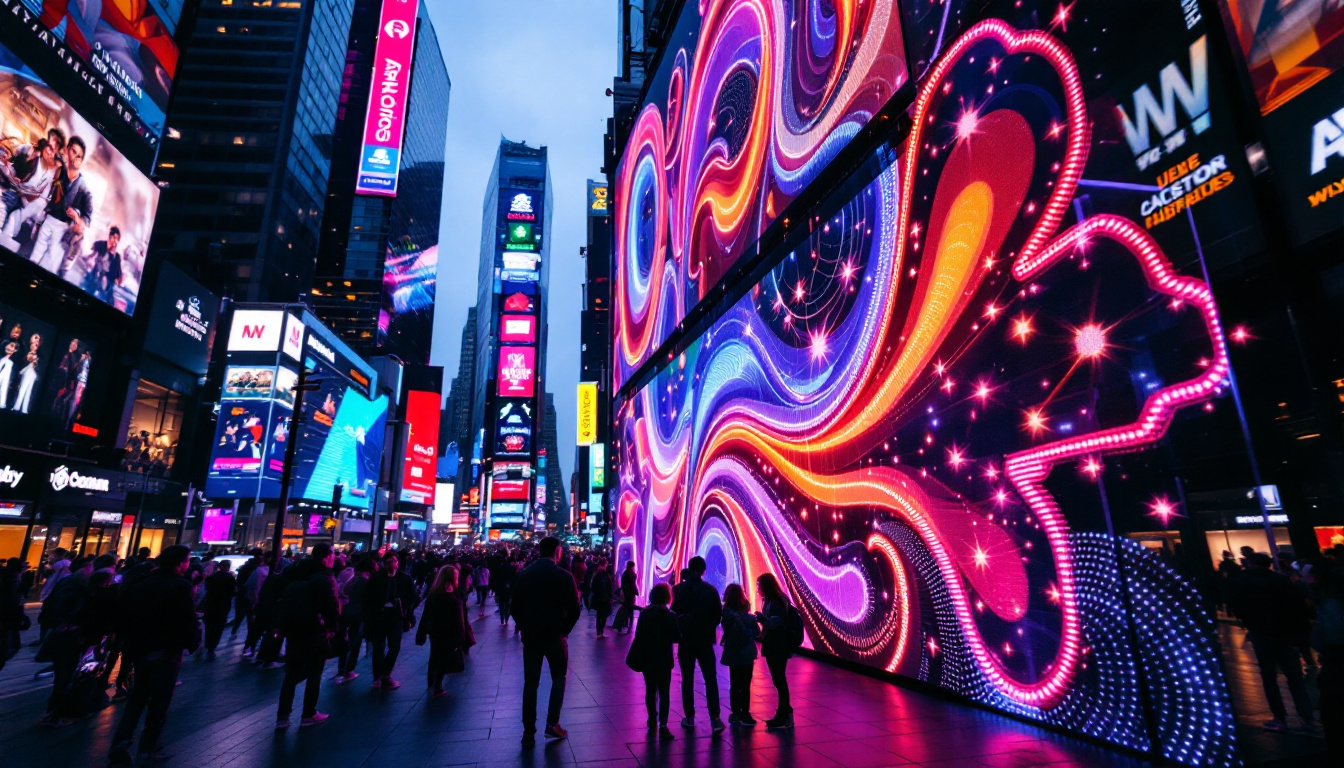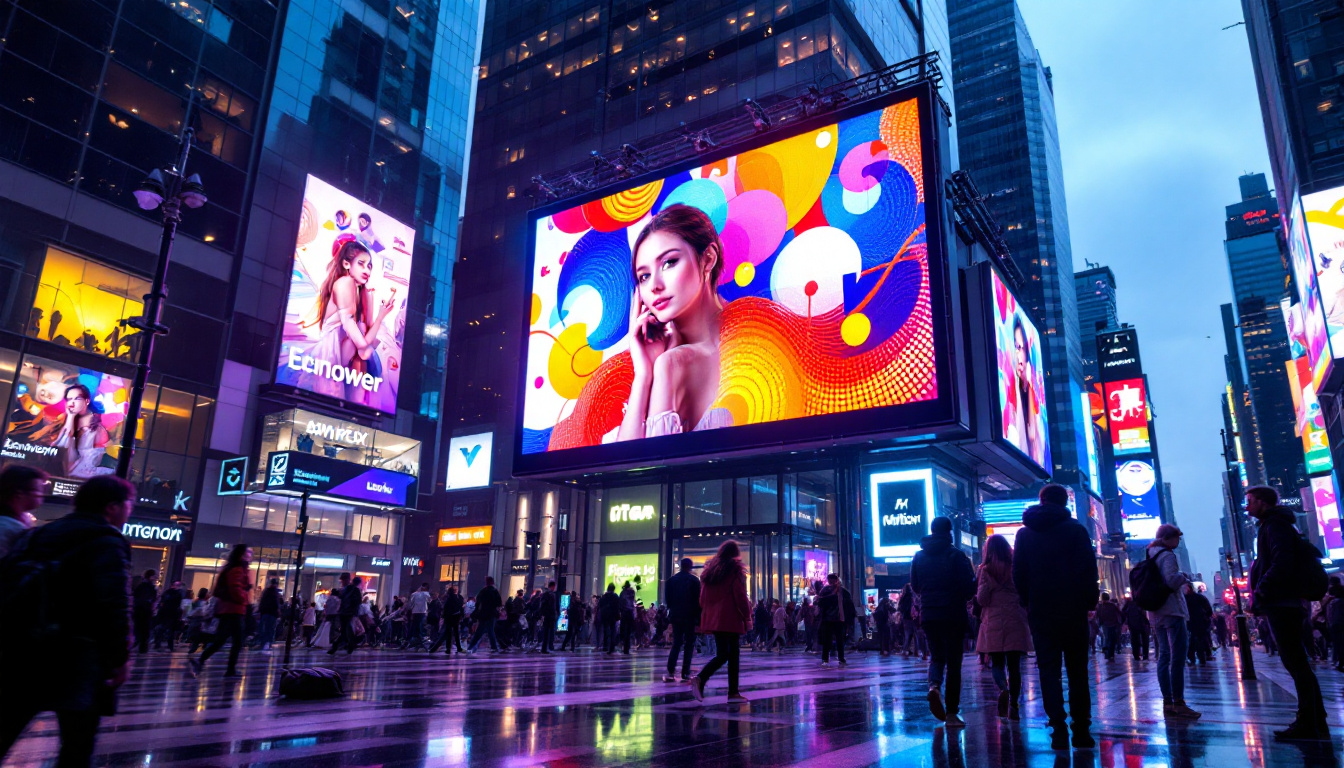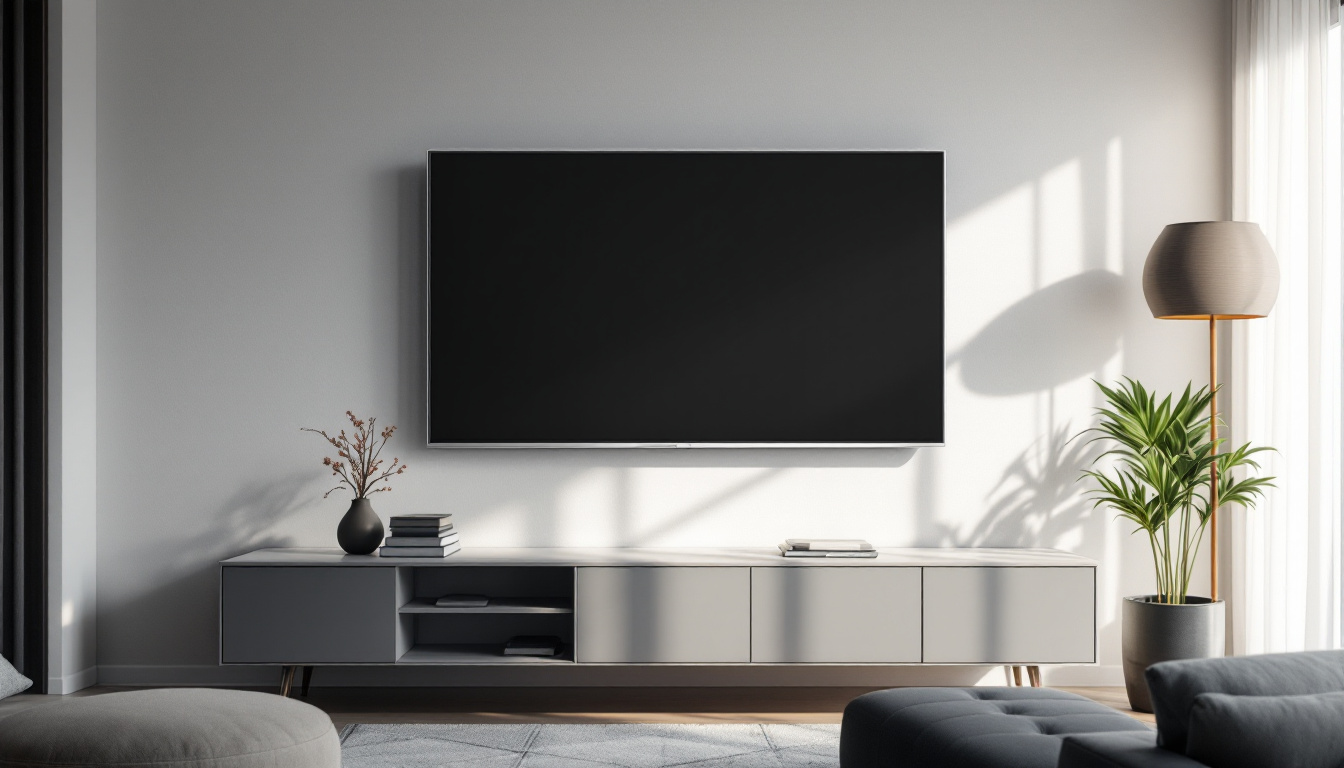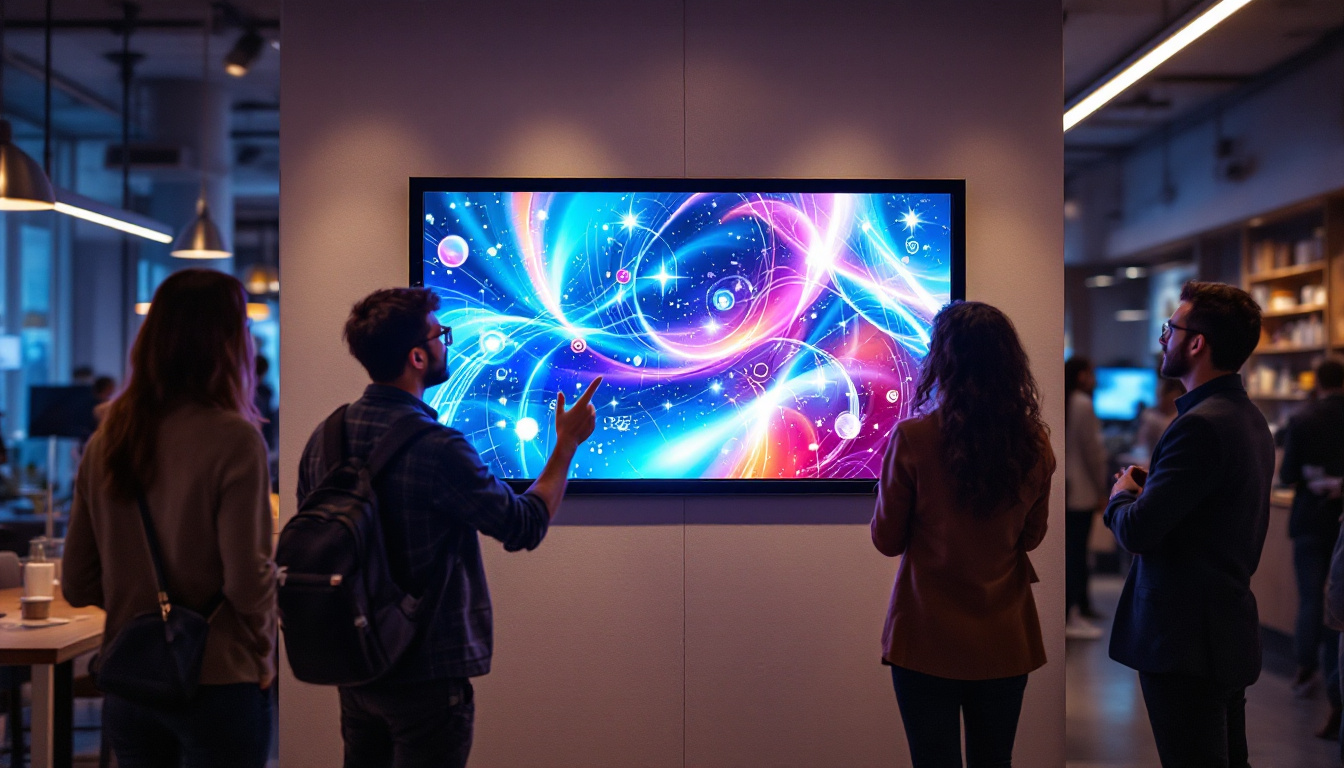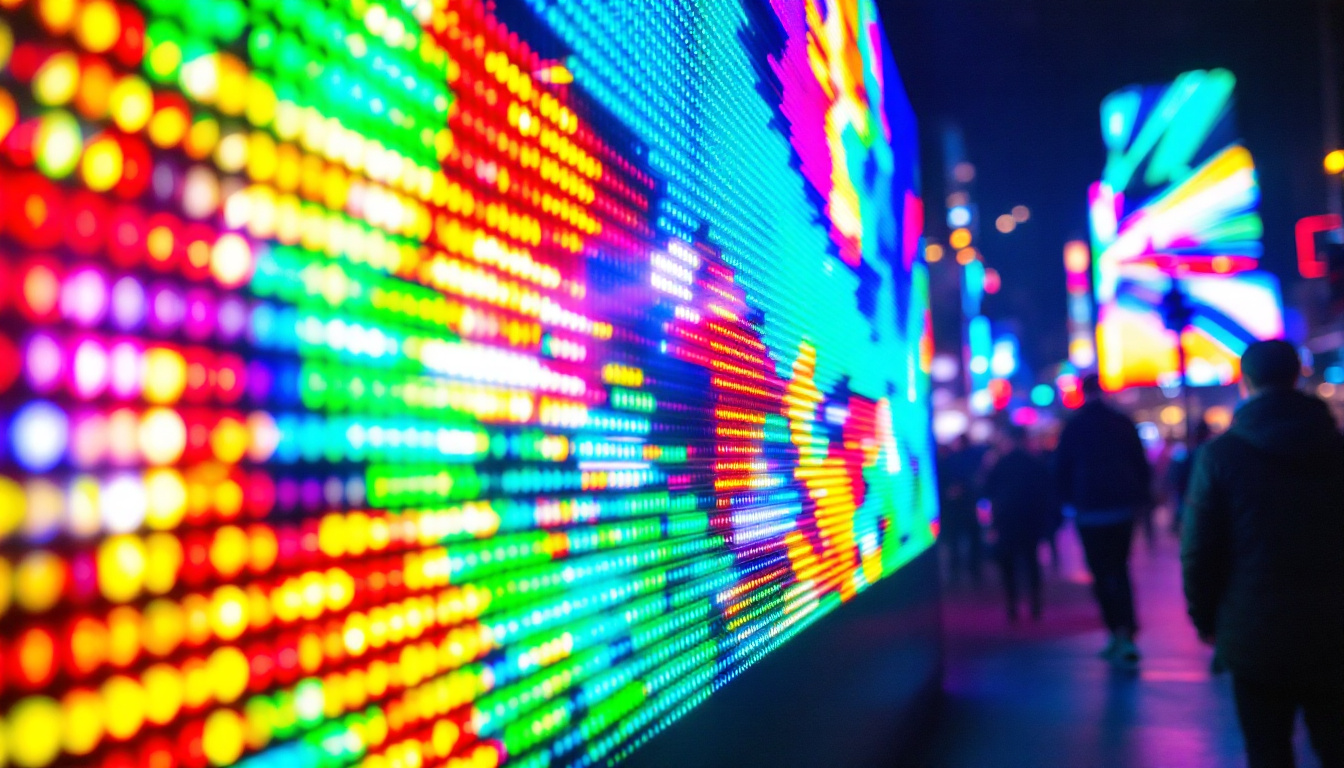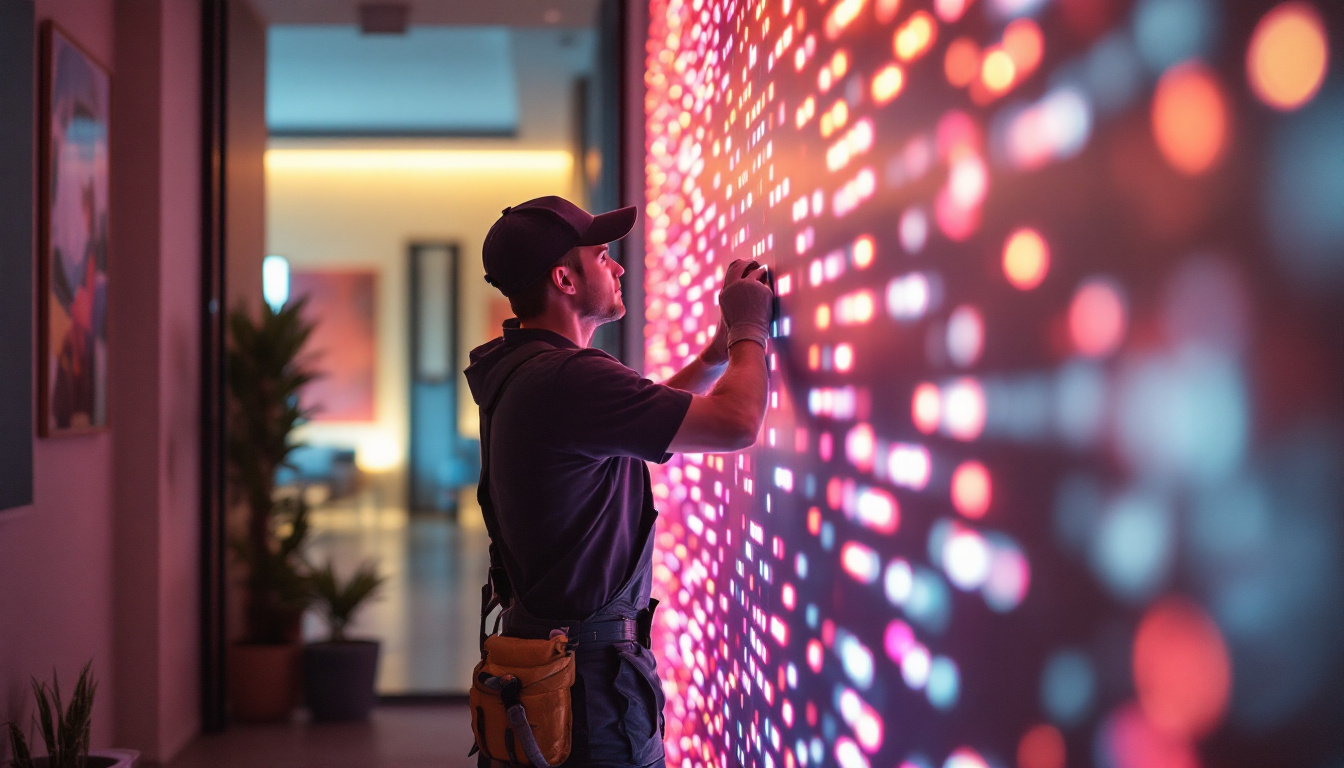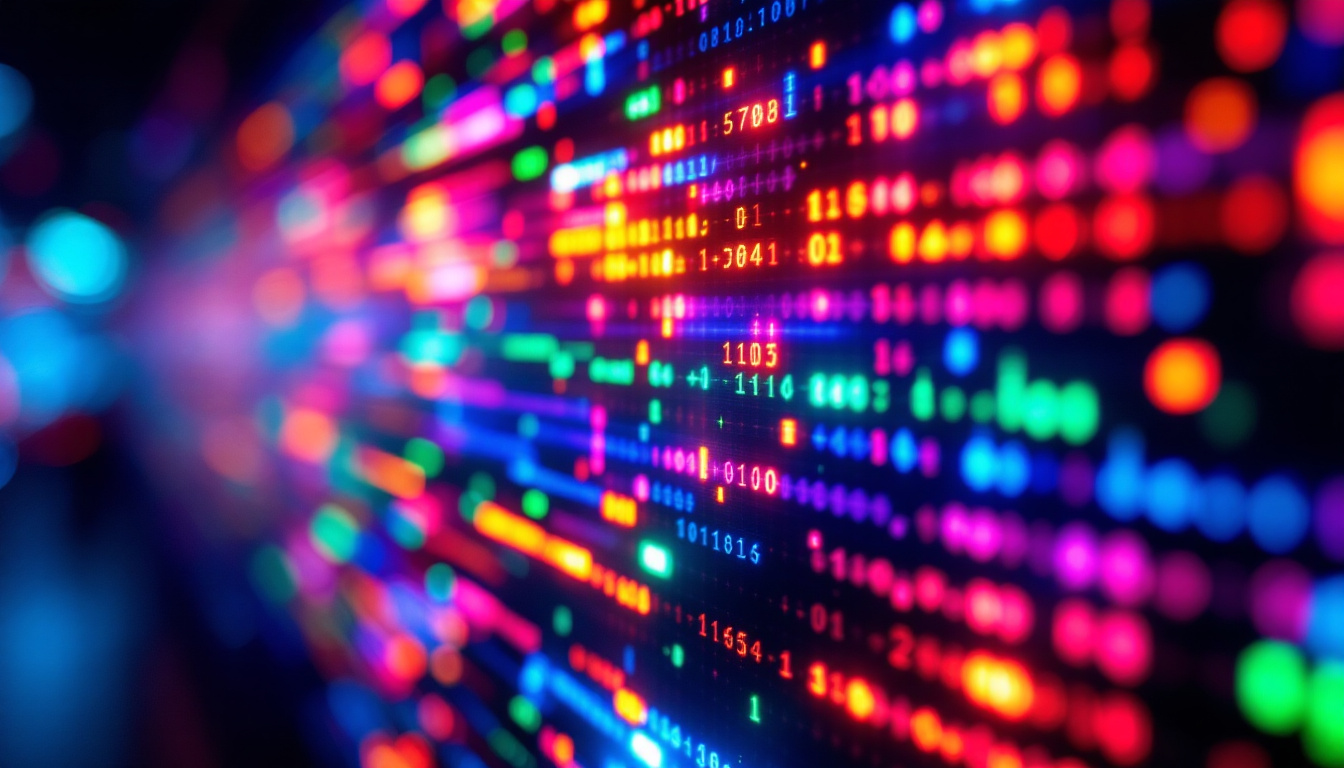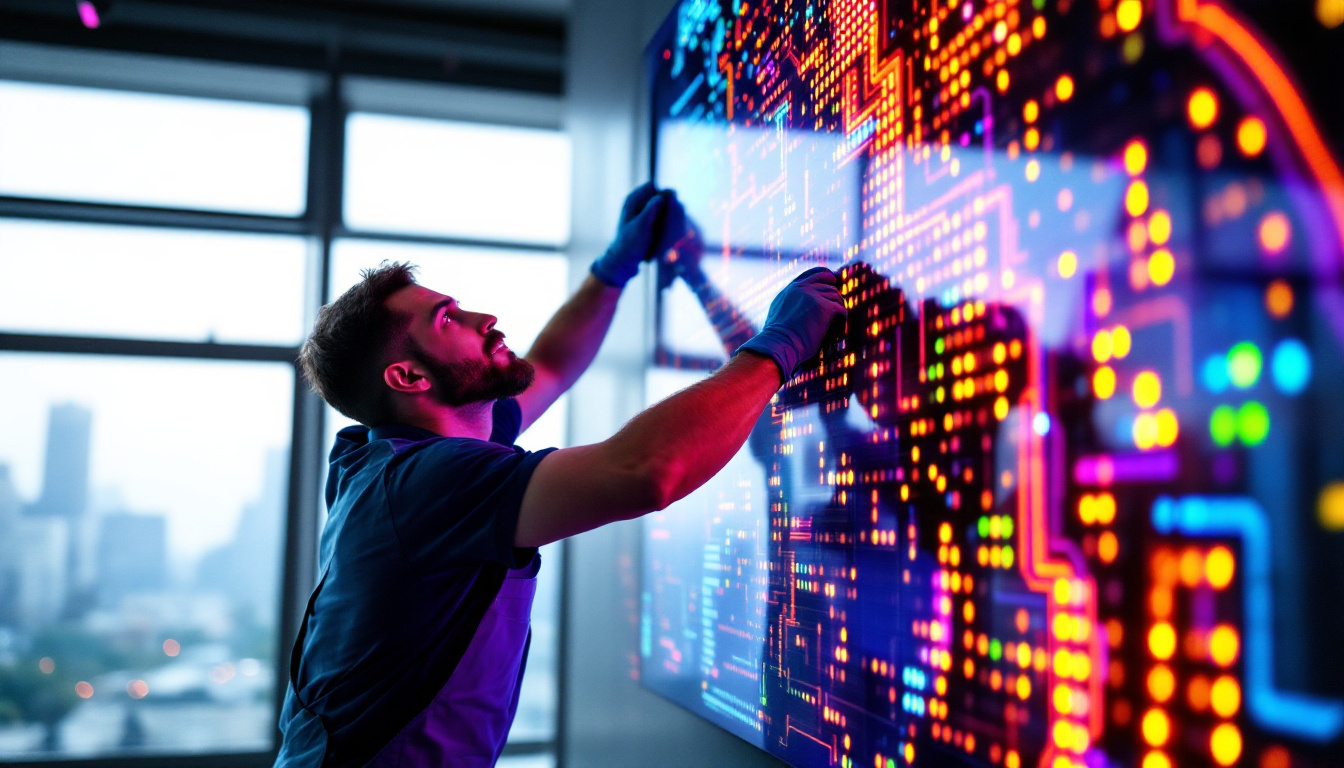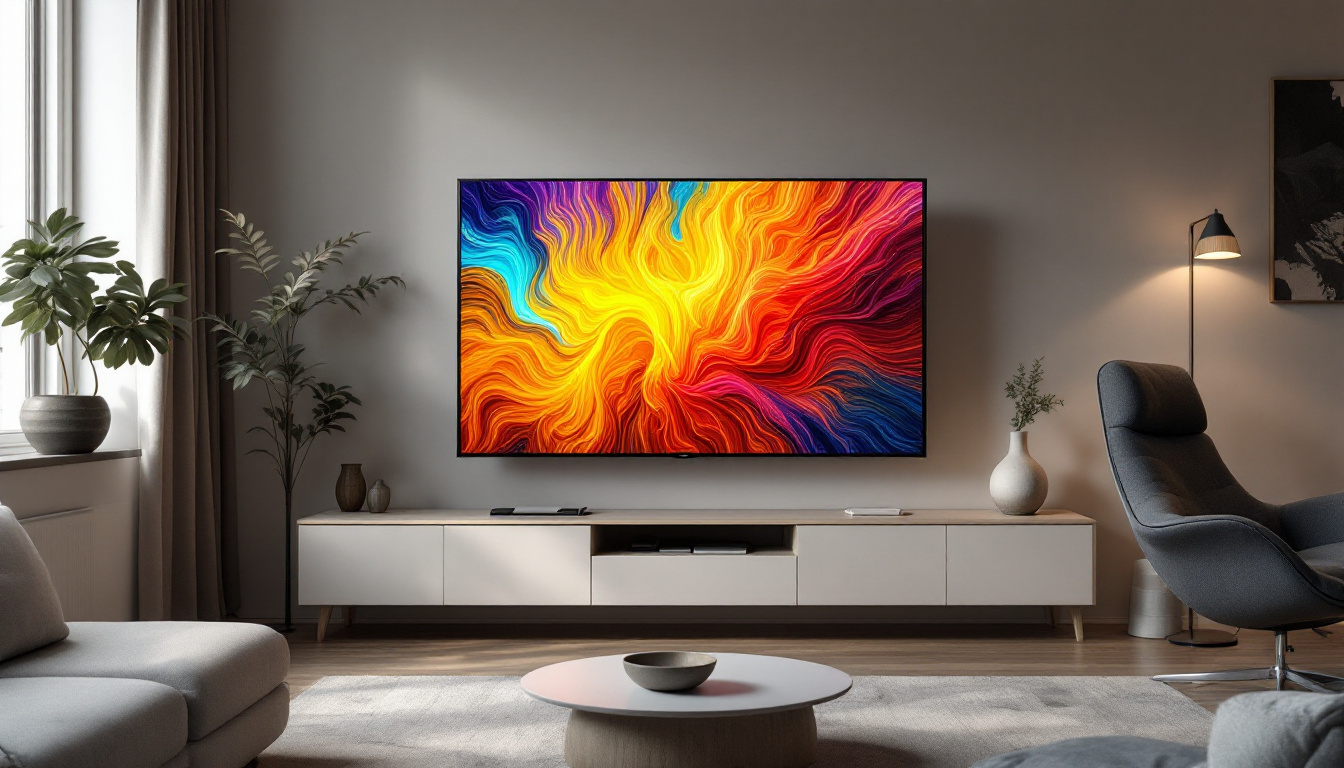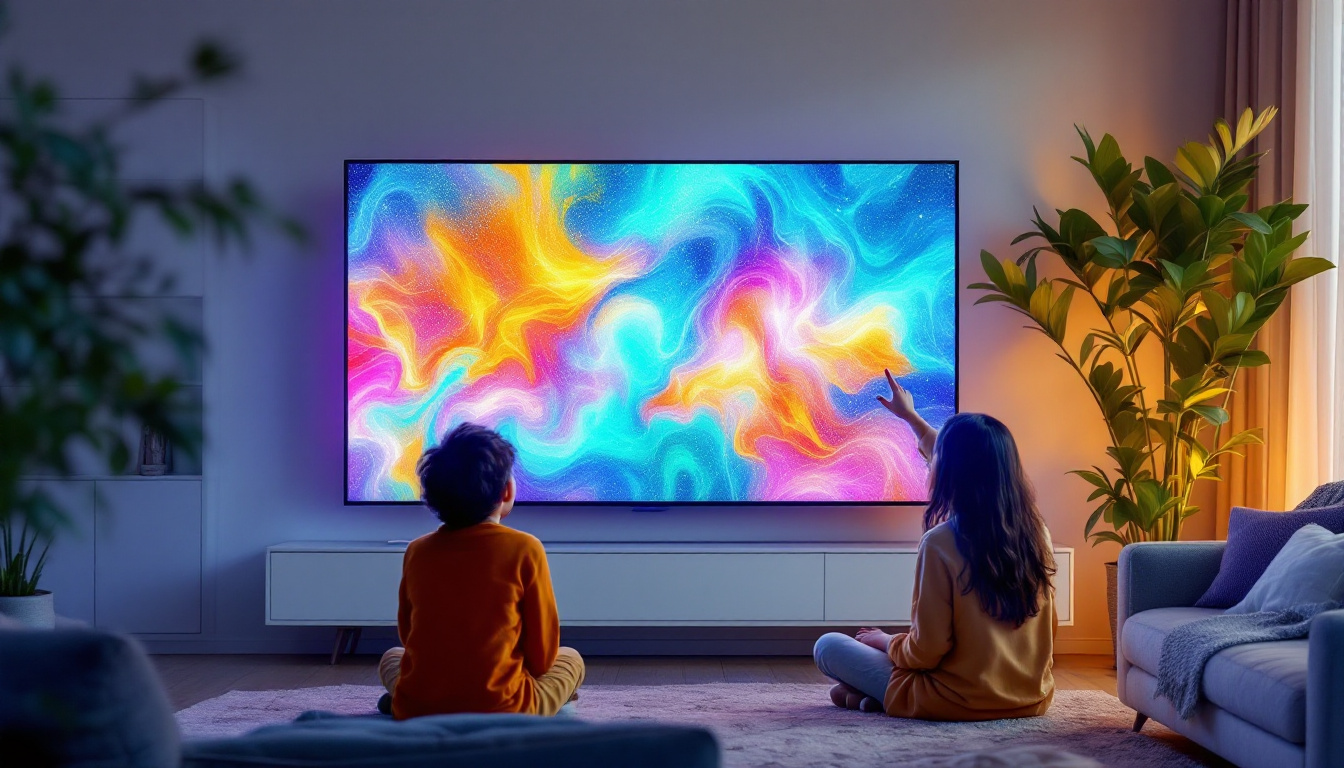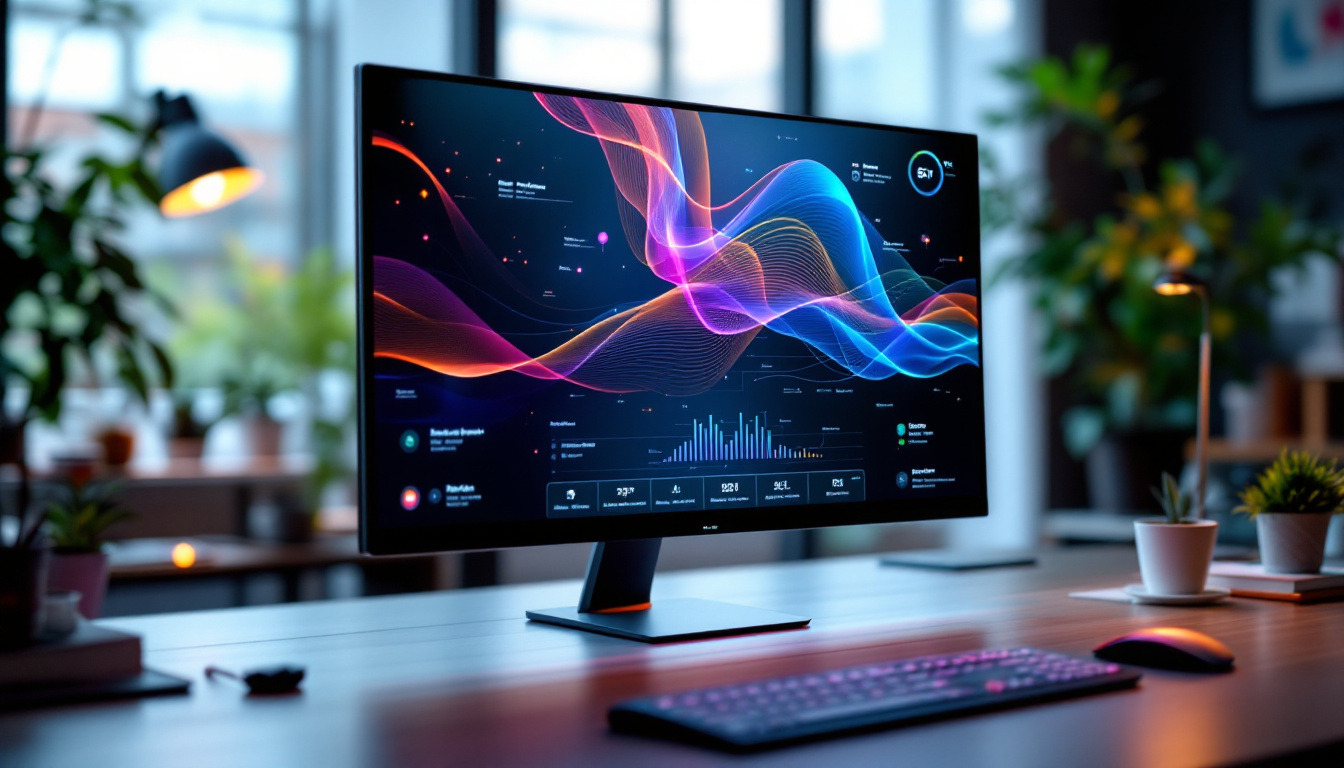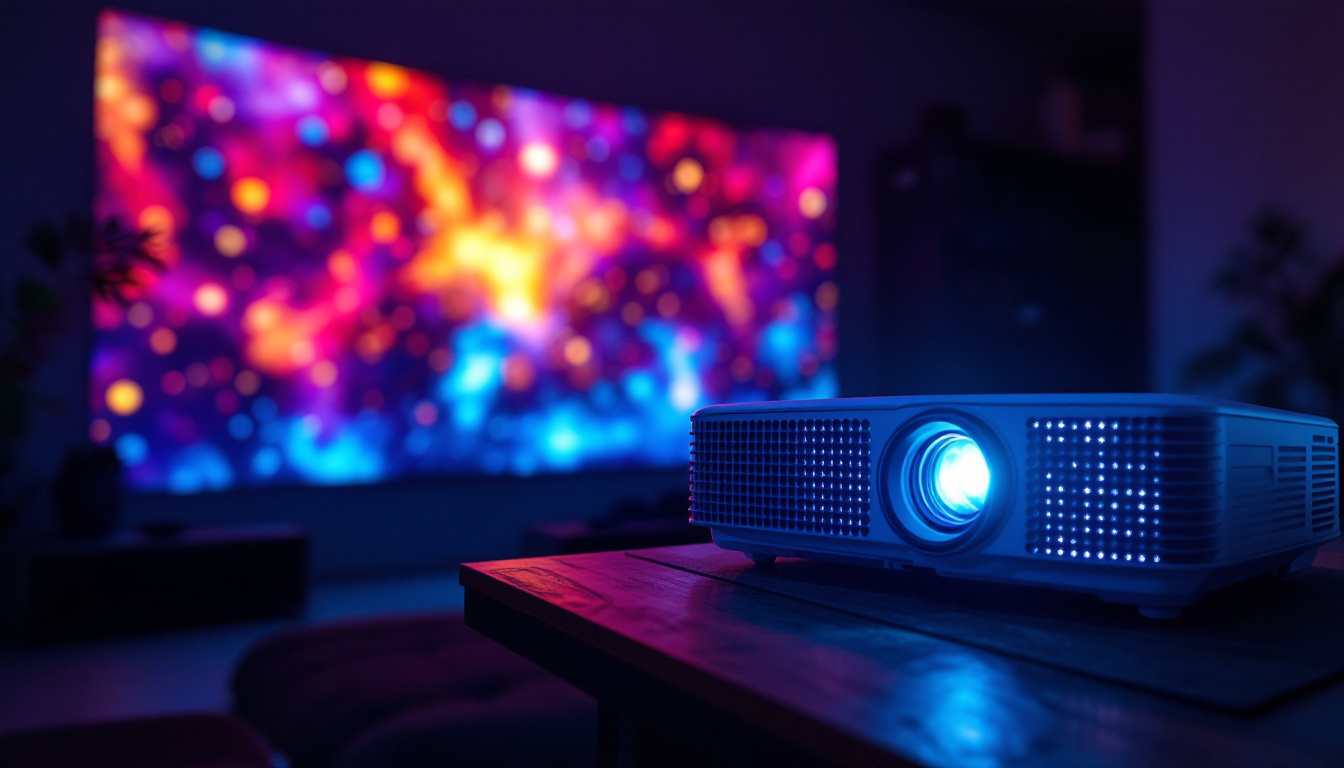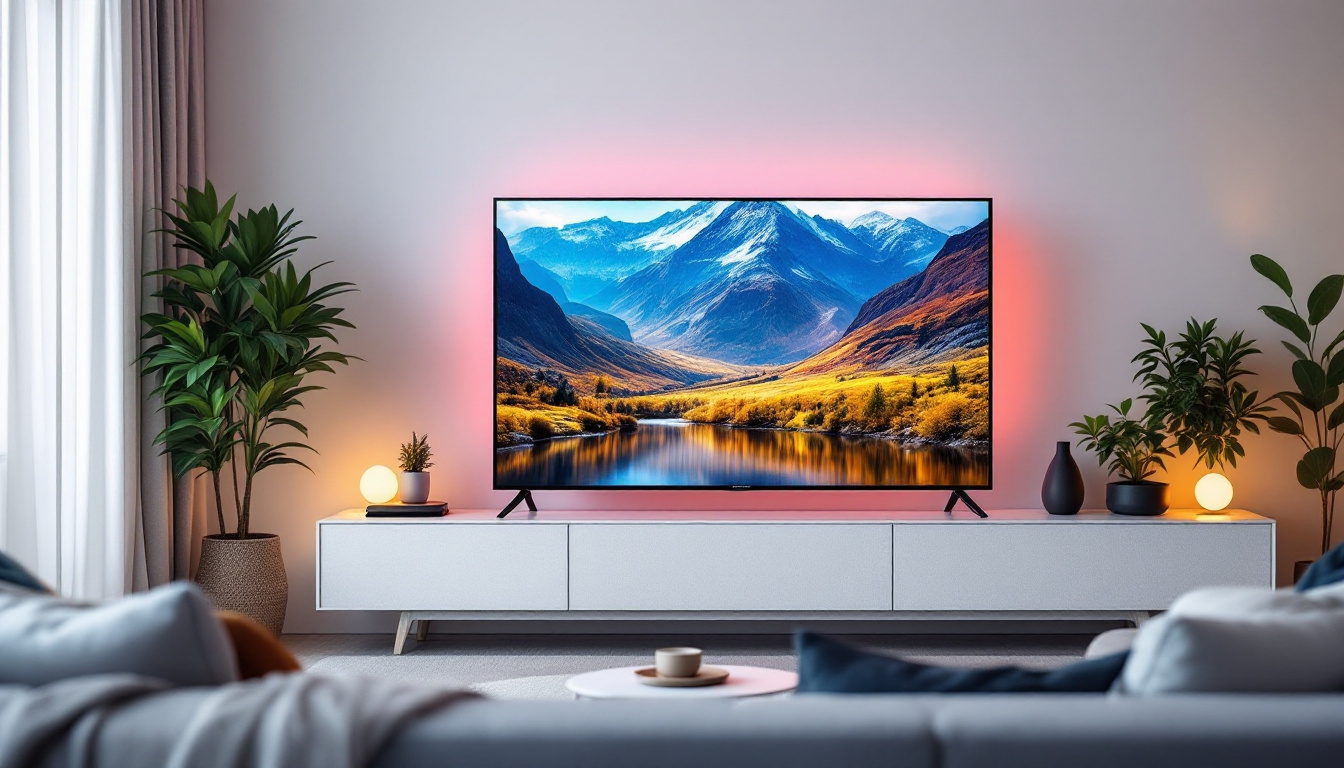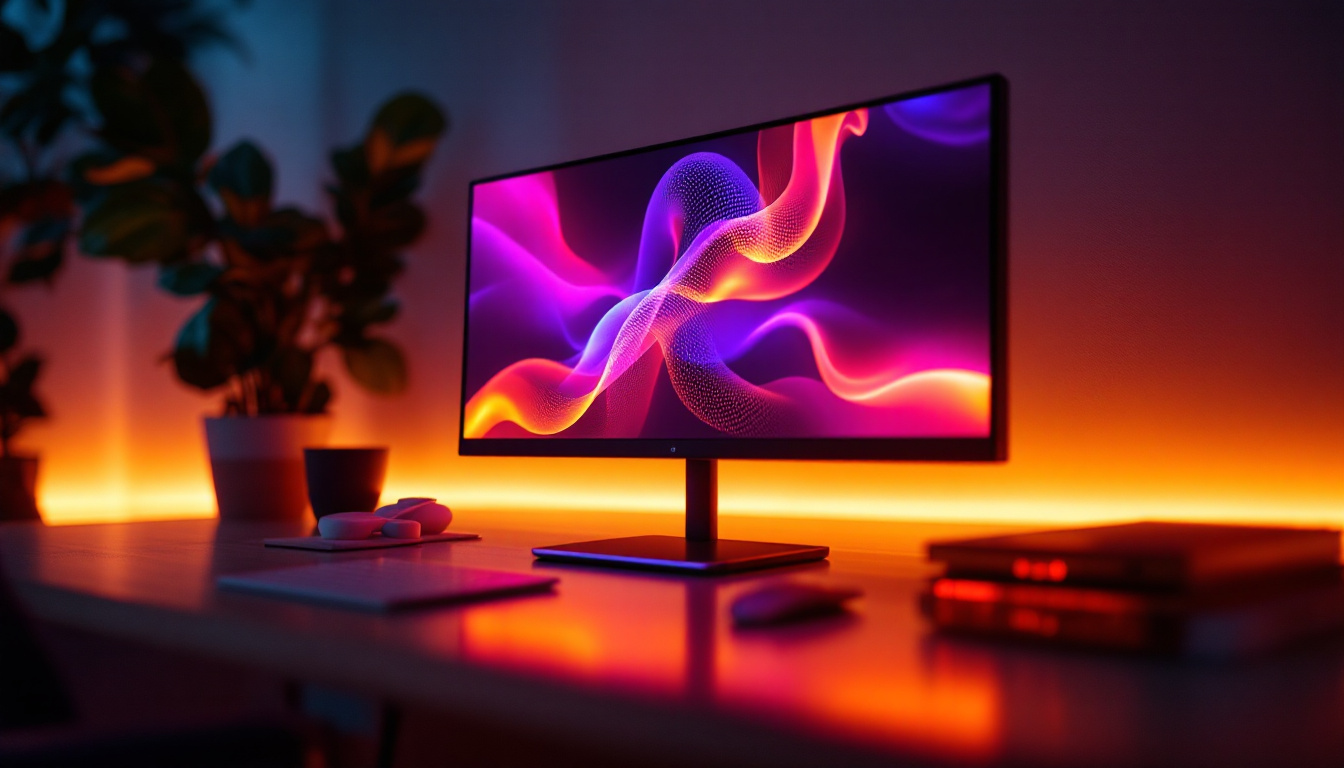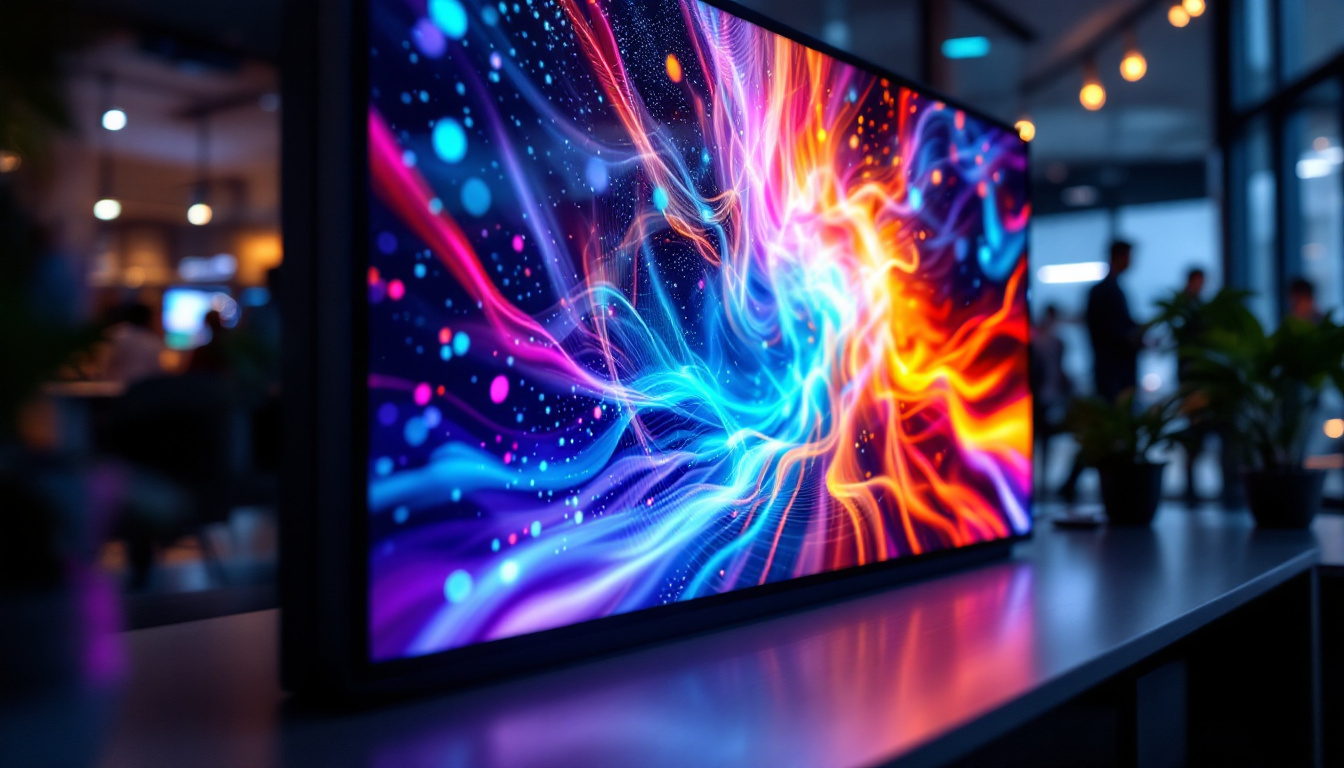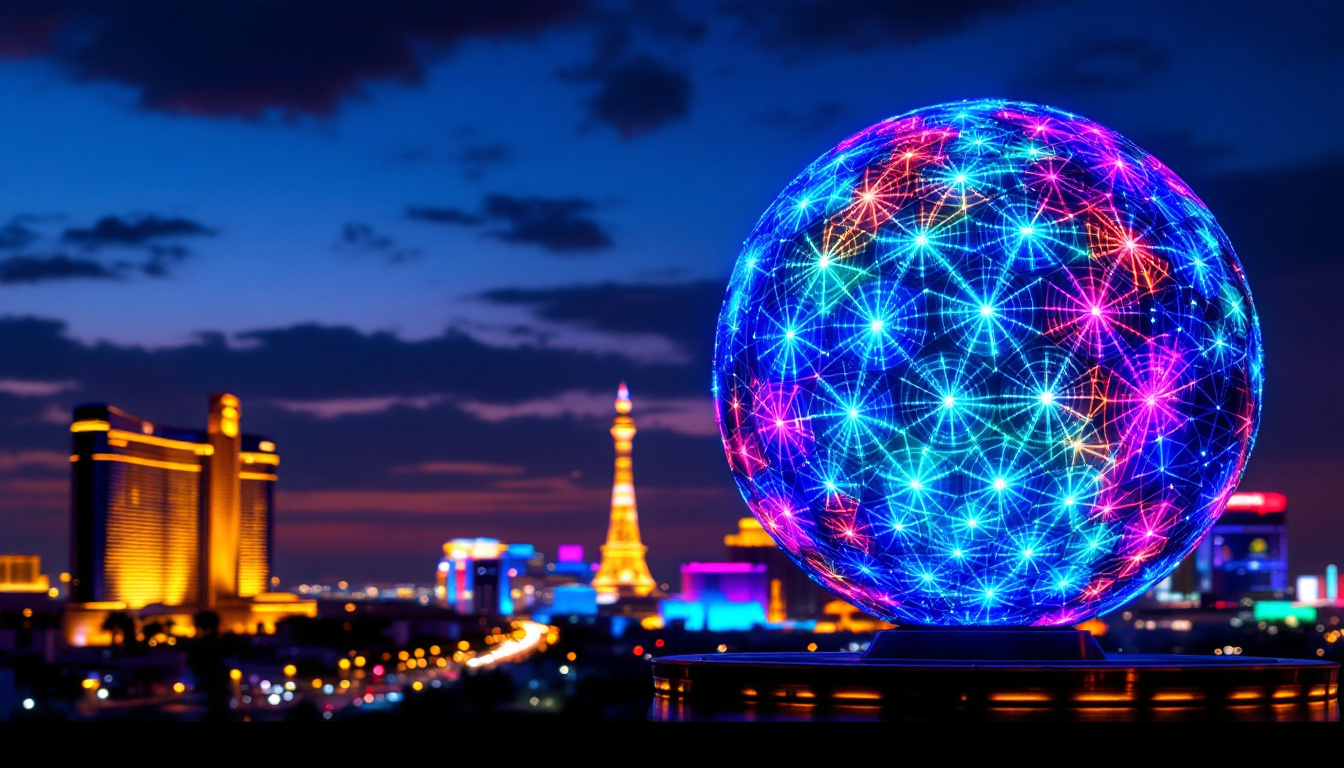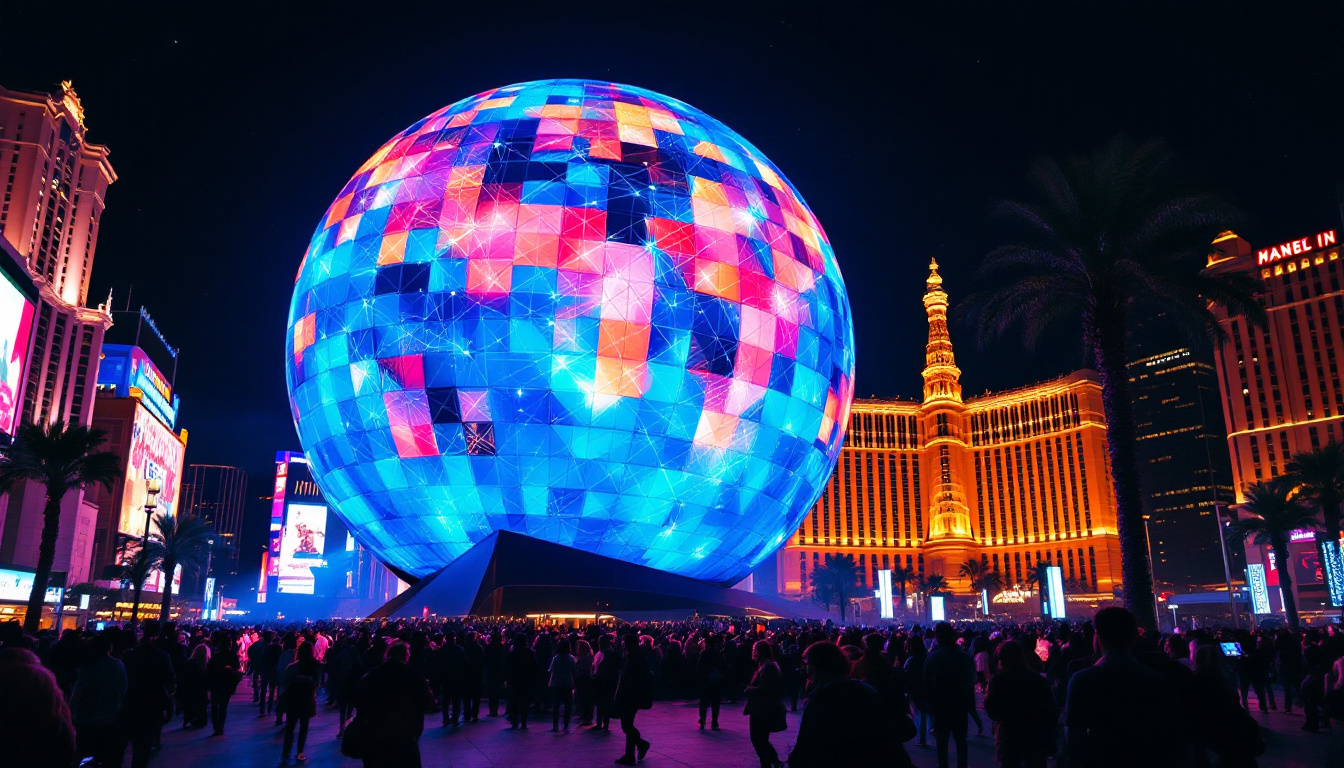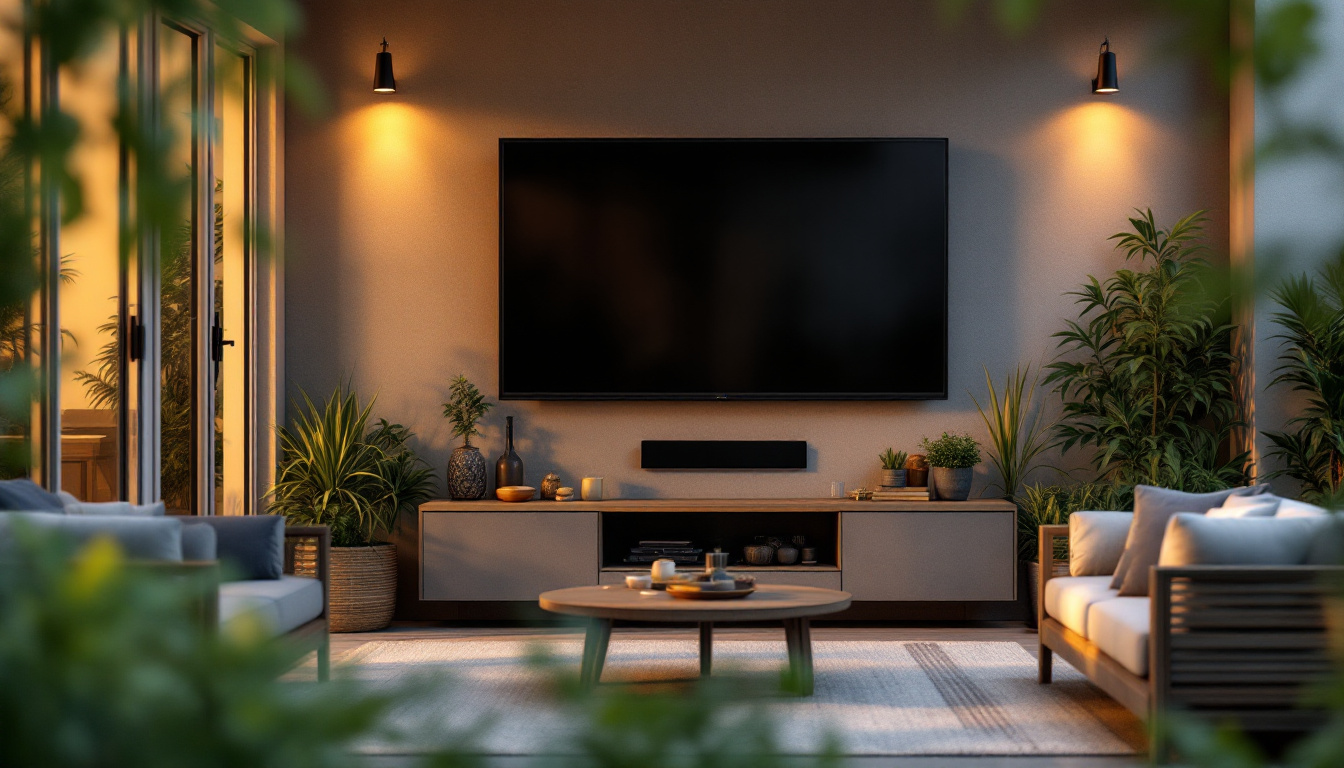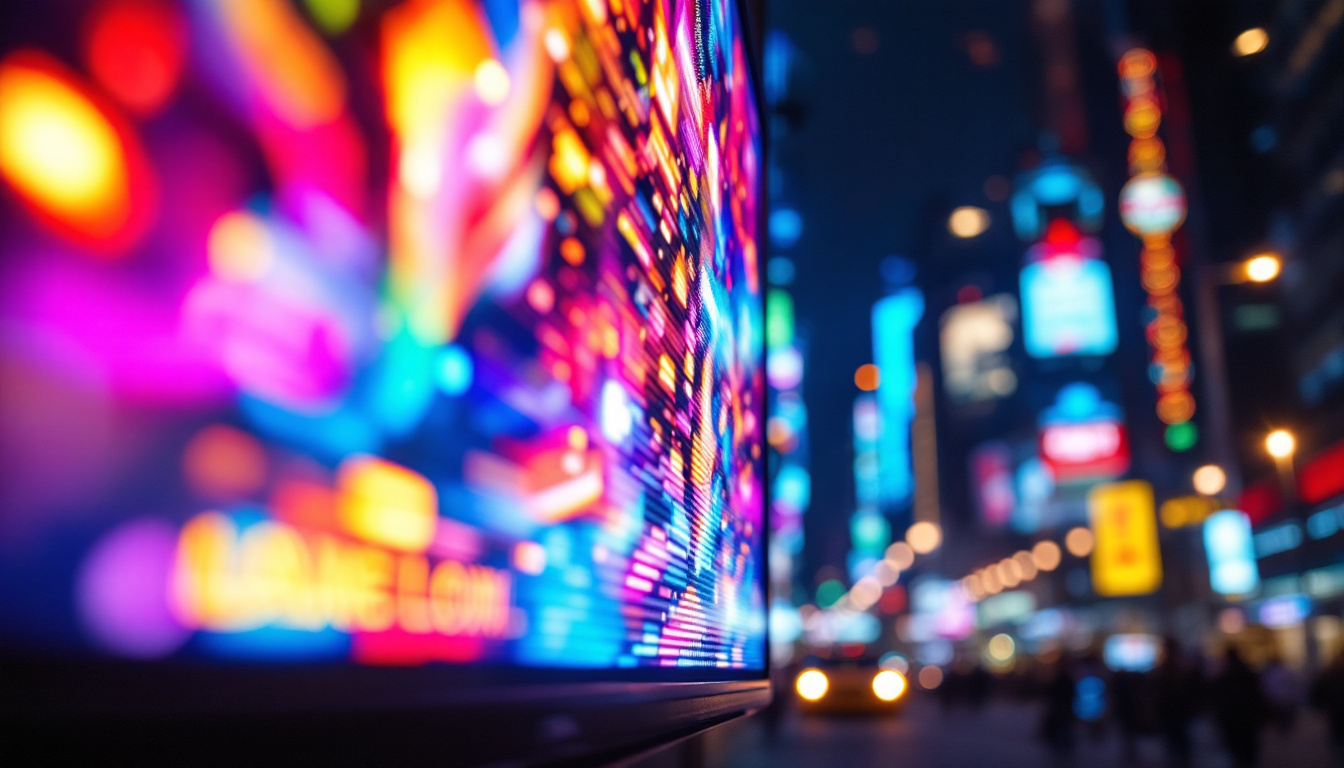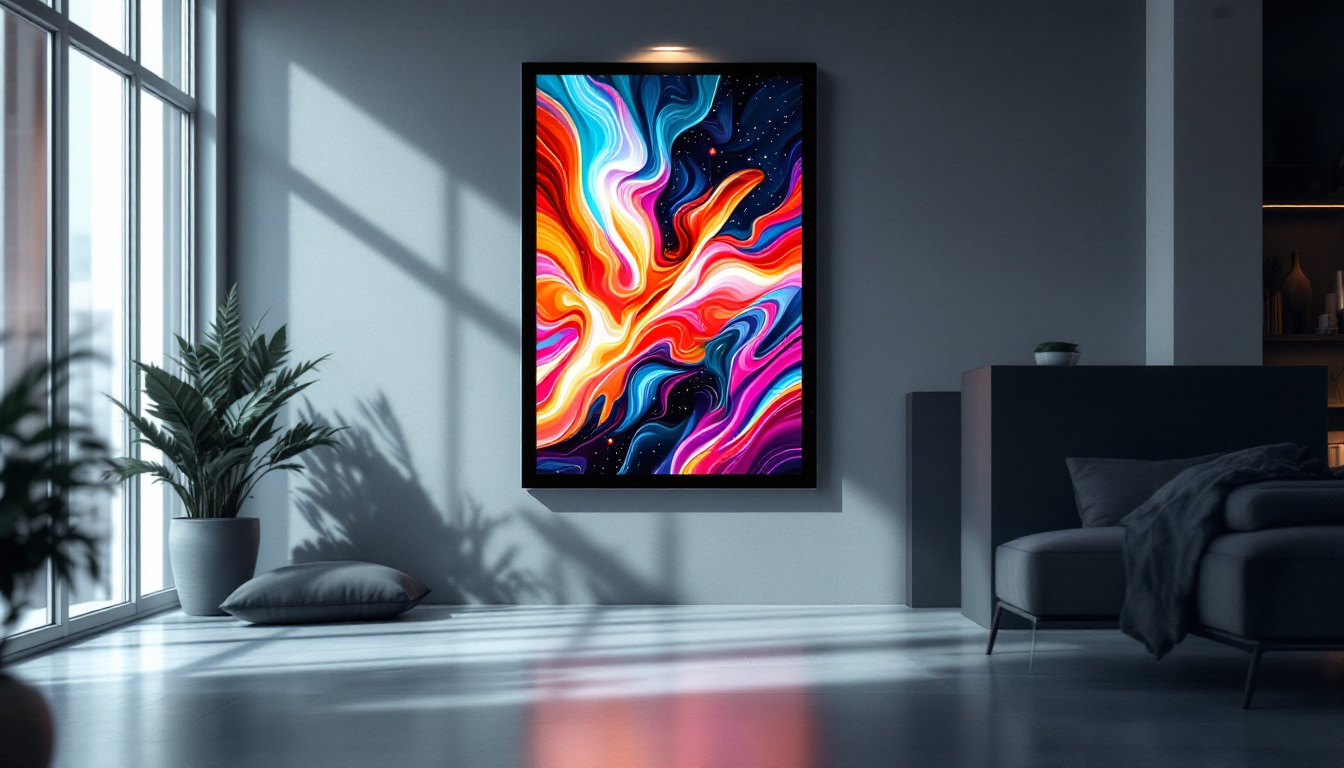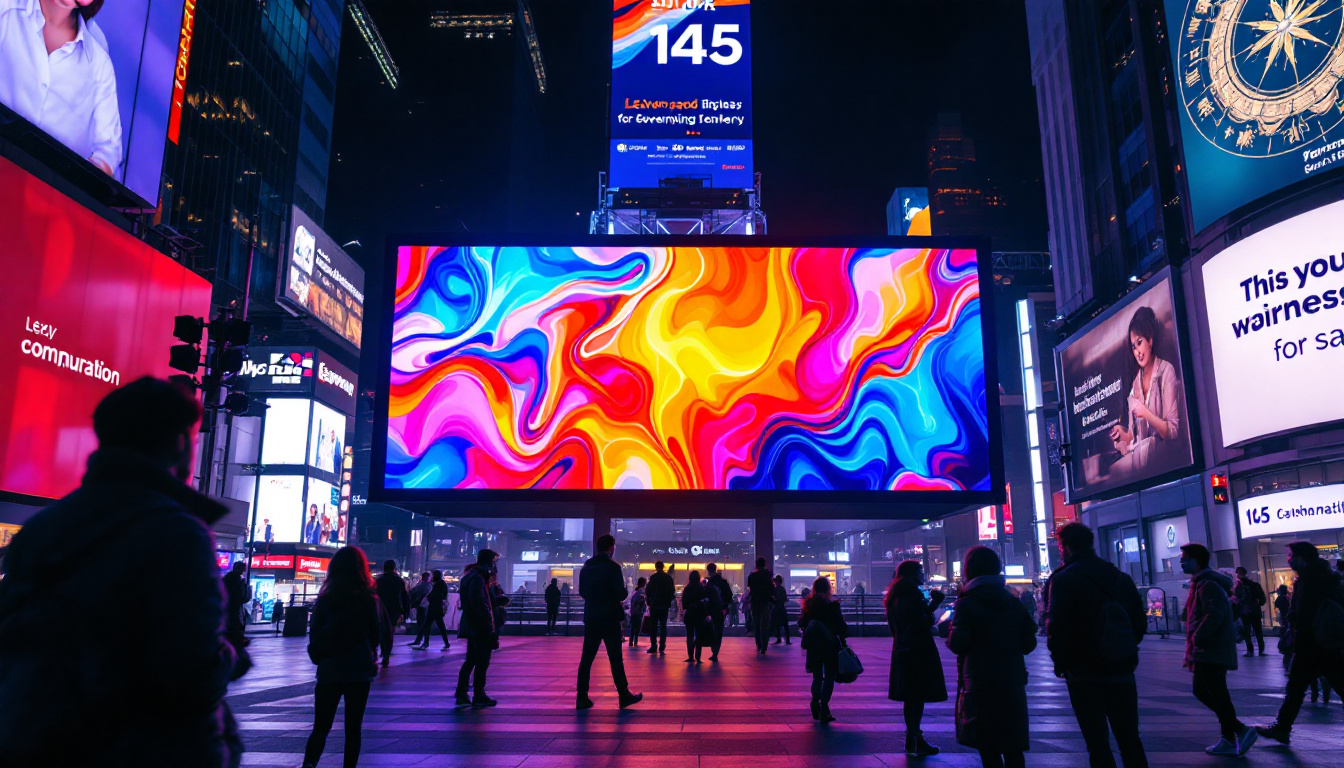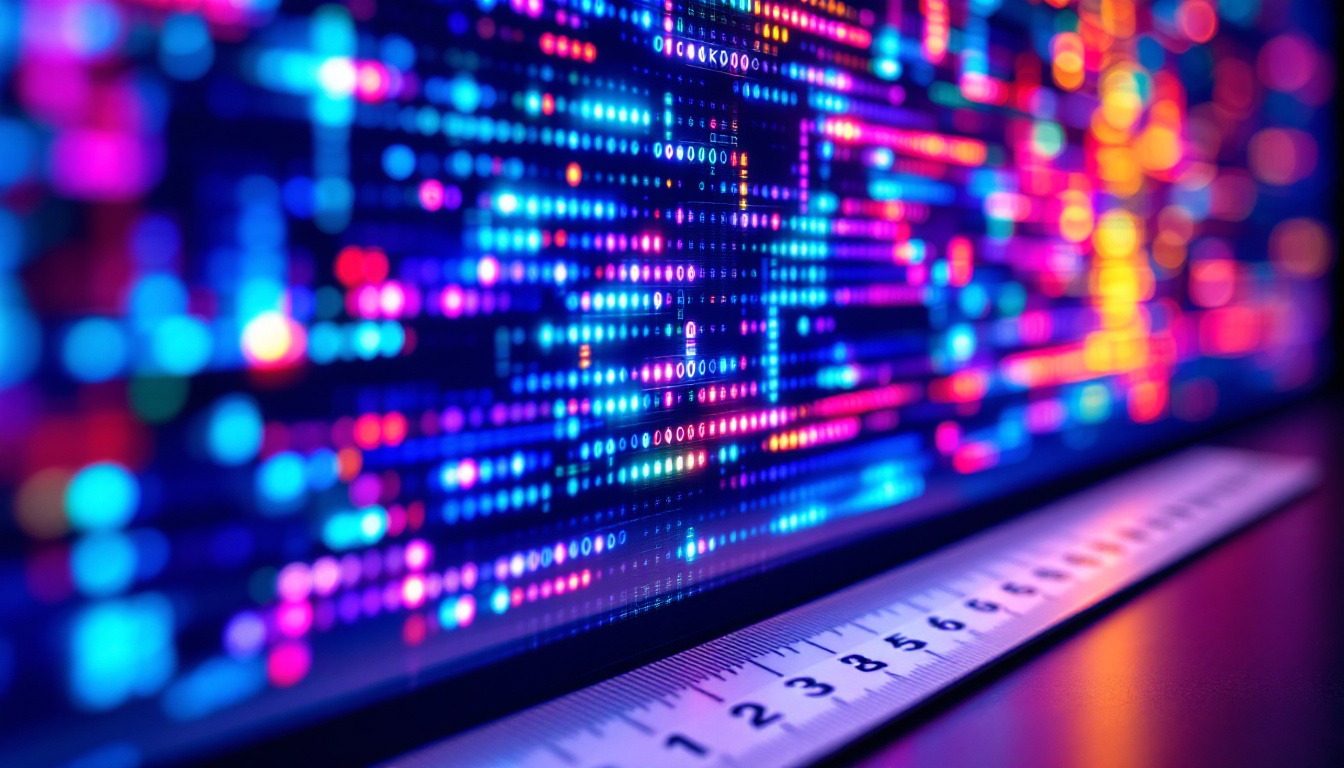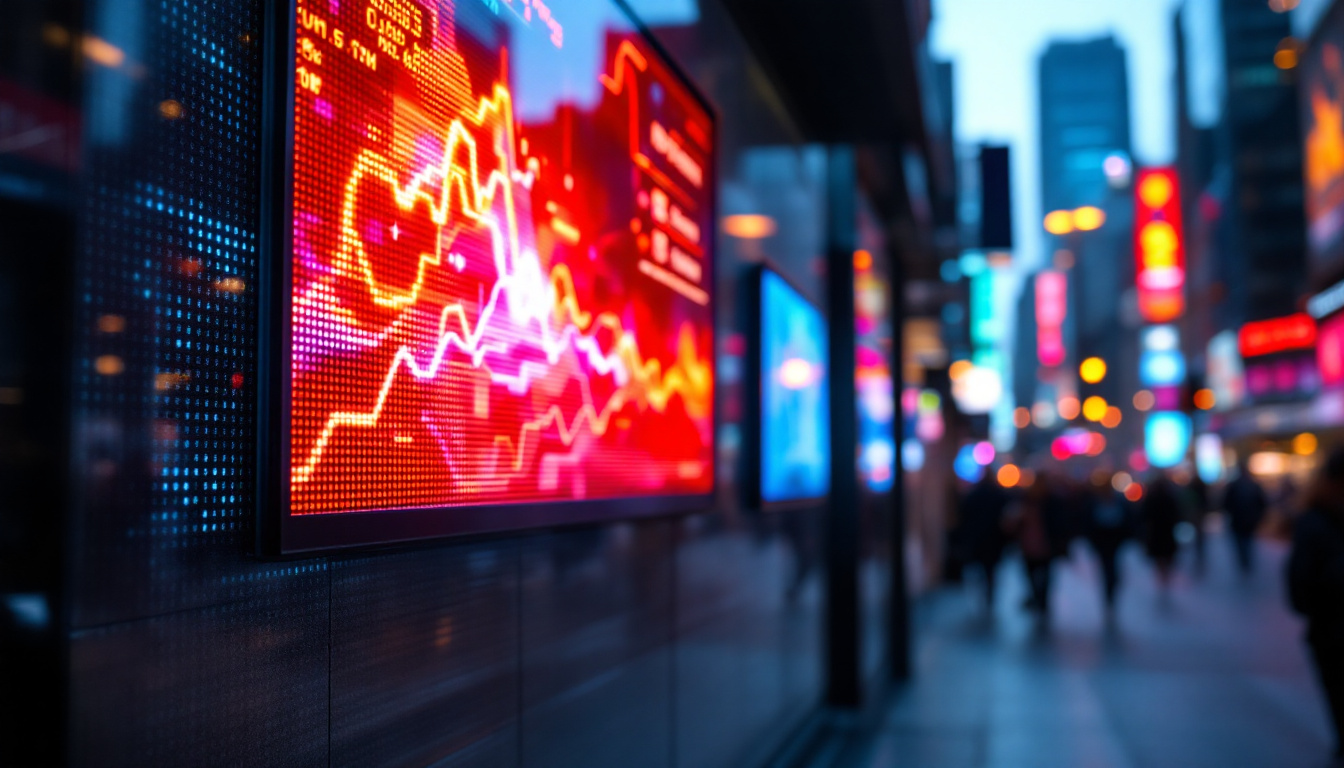In recent years, LED projector lights have become increasingly popular for both personal and professional use. These devices utilize light-emitting diodes (LEDs) to create vibrant, high-quality images and videos. This article delves into the technology behind LED projectors, their advantages, applications, and how they compare to traditional projection methods.
Understanding LED Technology
LED technology has revolutionized the way we think about lighting and displays. Unlike traditional incandescent or fluorescent bulbs, LEDs are solid-state devices that emit light when an electric current passes through them. This fundamental difference in technology leads to various benefits, including energy efficiency, longevity, and reduced heat output. The compact size of LEDs also allows for innovative designs in lighting fixtures, enabling manufacturers to create sleek and modern aesthetics that fit seamlessly into any environment.
How LED Projectors Work
LED projectors function by using a combination of LEDs to create a full spectrum of colors. Typically, these projectors use three primary colors: red, green, and blue (RGB). By adjusting the intensity of each color, the projector can produce a wide range of hues and shades, resulting in vibrant images. This color mixing technique is not only effective but also allows for a more dynamic viewing experience, as the projectors can adapt to various content types, from movies to presentations.
In addition to RGB LEDs, many modern projectors also incorporate advanced optics and digital signal processing to enhance image quality. This combination allows for sharper images, better contrast ratios, and improved color accuracy, making LED projectors suitable for various applications. Furthermore, some projectors utilize additional features like keystone correction and lens shifting, which help to ensure that images are projected accurately, regardless of the installation angle or distance from the screen.
Advantages of LED Projector Lights
One of the most significant advantages of LED projectors is their energy efficiency. Compared to traditional projectors, LED models consume significantly less power, making them more environmentally friendly and cost-effective in the long run. This energy efficiency not only contributes to lower electricity bills but also aligns with global efforts to reduce carbon footprints and promote sustainable practices in technology.
Longevity is another key benefit. LED lights can last up to 20,000 hours or more, which is substantially longer than traditional bulbs. This extended lifespan reduces the need for frequent replacements, further lowering maintenance costs. Moreover, the durability of LEDs means they are less susceptible to damage from shocks or vibrations, making them ideal for mobile setups or environments where equipment is frequently moved. This resilience, combined with their low heat output, ensures that LED projectors remain reliable and safe for extended use, whether in classrooms, conference rooms, or home theaters.
Applications of LED Projector Lights
LED projectors are versatile tools that find applications across various fields. From home entertainment to business presentations, their adaptability makes them a popular choice for many users.
Home Entertainment
In the realm of home entertainment, LED projectors offer an immersive viewing experience. They can project large images onto screens or walls, making them ideal for movie nights, gaming sessions, or sports events. The vibrant colors and sharp details enhance the overall experience, providing a cinematic feel right in the comfort of one’s home.
Moreover, many LED projectors are compact and portable, allowing users to easily set them up in different locations. This portability means that movie lovers can enjoy their favorite films in various settings, whether indoors or outdoors. Imagine hosting a backyard movie night under the stars, complete with cozy blankets and popcorn, all made possible by the convenience of a lightweight projector. Some models even come with built-in speakers, eliminating the need for additional audio equipment, which further simplifies the setup process.
Business and Education
In business and educational environments, LED projectors are invaluable tools for presentations and lectures. Their ability to display clear, bright images ensures that audiences can easily see and understand the content being presented. This clarity is particularly important in larger rooms or auditoriums where visibility can be an issue.
Additionally, the ease of connectivity with laptops, tablets, and other devices makes LED projectors user-friendly. Many models support wireless connections, allowing presenters to share their screens without the hassle of cables. This feature not only streamlines the presentation process but also encourages more dynamic and interactive sessions. Educators can easily incorporate multimedia elements, such as videos or animations, into their lessons, making learning more engaging for students. Furthermore, with the rise of remote work and online learning, LED projectors have also adapted to include features that facilitate virtual presentations, allowing users to connect and share content seamlessly across different platforms.
Comparing LED Projectors to Traditional Projectors
When considering a projector, it is essential to compare LED technology with traditional projection methods, such as LCD and DLP projectors. Each technology has its strengths and weaknesses, which can influence a user’s decision.
Image Quality
In terms of image quality, LED projectors often outperform traditional projectors. The color accuracy and brightness of LED projectors are generally superior, providing a more vibrant viewing experience. Traditional projectors may struggle with color reproduction and brightness, especially in well-lit environments.
Furthermore, LED projectors typically have better contrast ratios, allowing for deeper blacks and more dynamic images. This quality is particularly noticeable when watching movies or playing video games, where visual detail is crucial. The enhanced color gamut of LED projectors also means that they can display a wider range of colors, which is particularly beneficial for content creators and professionals who require precise color representation for their work.
Additionally, LED projectors often feature advanced technologies such as HDR (High Dynamic Range), which further enhances the viewing experience by providing greater detail in both the shadows and highlights of an image. This technology allows viewers to appreciate the full spectrum of colors and contrasts, making it ideal for cinematic experiences or high-definition presentations.
Cost Considerations
While the initial cost of LED projectors may be higher than that of traditional models, their long-term savings can be significant. The energy efficiency and longevity of LED lights mean lower operational costs over time. Additionally, the reduced need for bulb replacements contributes to overall cost-effectiveness.
On the other hand, traditional projectors may have a lower upfront cost but can incur higher maintenance expenses due to frequent bulb changes and higher energy consumption. When evaluating cost, it is essential to consider both initial investment and long-term expenses. Moreover, the lifespan of LED projectors can reach up to 20,000 hours, whereas traditional projector bulbs typically last only 2,000 to 5,000 hours, making LED projectors a more sustainable choice in the long run.
It’s also worth noting that the advancements in LED technology have led to the development of more compact and portable projectors, which can be particularly appealing for users who need to transport their devices frequently. This portability, combined with the lower maintenance costs, makes LED projectors an attractive option for both home theaters and business presentations, where convenience and reliability are paramount.
Choosing the Right LED Projector
With a plethora of options available on the market, selecting the right LED projector can be daunting. Several factors should be considered to ensure the chosen model meets specific needs.
Brightness and Resolution
Brightness is a crucial factor in projector selection. Measured in lumens, the brightness level determines how well the projector performs in various lighting conditions. For home theaters, a projector with at least 1,500 to 2,500 lumens is recommended, while business presentations may require even brighter models.
Resolution is another important consideration. Higher resolutions, such as Full HD (1920×1080) or 4K (3840×2160), provide sharper images and greater detail. Users should choose a resolution that aligns with their intended use, whether for casual viewing or professional presentations.
Portability and Connectivity
For those who plan to use their projector in multiple locations, portability is a key factor. Lightweight and compact models are easier to transport and set up. Additionally, connectivity options should be evaluated; many modern projectors offer HDMI, USB, and wireless capabilities, allowing for seamless integration with various devices.
Consideration of built-in features, such as speakers and smart capabilities, can also enhance the user experience. Some projectors come equipped with integrated sound systems, eliminating the need for external speakers, while others offer smart features for streaming content directly.
Future Trends in LED Projector Technology
The future of LED projector technology looks promising, with ongoing advancements aimed at improving performance and user experience. Innovations in LED technology, optics, and connectivity are paving the way for even more versatile and high-quality projectors.
Enhanced Image Quality
Future developments in LED projectors are expected to focus on enhancing image quality further. This includes improvements in color accuracy, brightness, and contrast ratios, which will provide users with an even more immersive viewing experience. Technologies such as laser projection may also become more prevalent, offering brighter and more vibrant images.
Smart Features and Connectivity
As smart technology continues to evolve, so too will LED projectors. Future models may incorporate advanced features such as voice control, built-in streaming services, and enhanced wireless connectivity options. These innovations will make projectors more user-friendly and versatile, catering to the needs of a tech-savvy audience.
Moreover, the integration of artificial intelligence could lead to smarter image adjustments and automatic settings, optimizing the viewing experience based on the environment and content being displayed.
Conclusion
LED projector lights represent a significant advancement in projection technology, offering numerous benefits over traditional methods. Their energy efficiency, longevity, and superior image quality make them an excellent choice for a variety of applications, from home entertainment to business presentations.
As technology continues to evolve, LED projectors will likely become even more powerful and versatile, meeting the demands of users across different fields. Whether for personal use or professional settings, investing in an LED projector can enhance the viewing experience and provide lasting value.
Discover LumenMatrix’s Innovative LED Solutions
Ready to elevate your visual experience with the latest in LED technology? LumenMatrix is at the forefront of LED display innovation, offering a wide range of solutions tailored to your needs. From captivating Indoor and Outdoor LED Wall Displays to dynamic Vehicle and Sports LED Displays, our products are designed to make your brand stand out. Explore our versatile LED Poster Displays, interactive Floor LED Displays, and the sleek All-in-One LED Display options. For a truly unique presentation, consider our Custom LED or Transparent LED Displays. Embrace the future of visual communication with LumenMatrix and create unforgettable visual experiences. Check out LumenMatrix LED Display Solutions today and see how we can help you share your message with the world.

